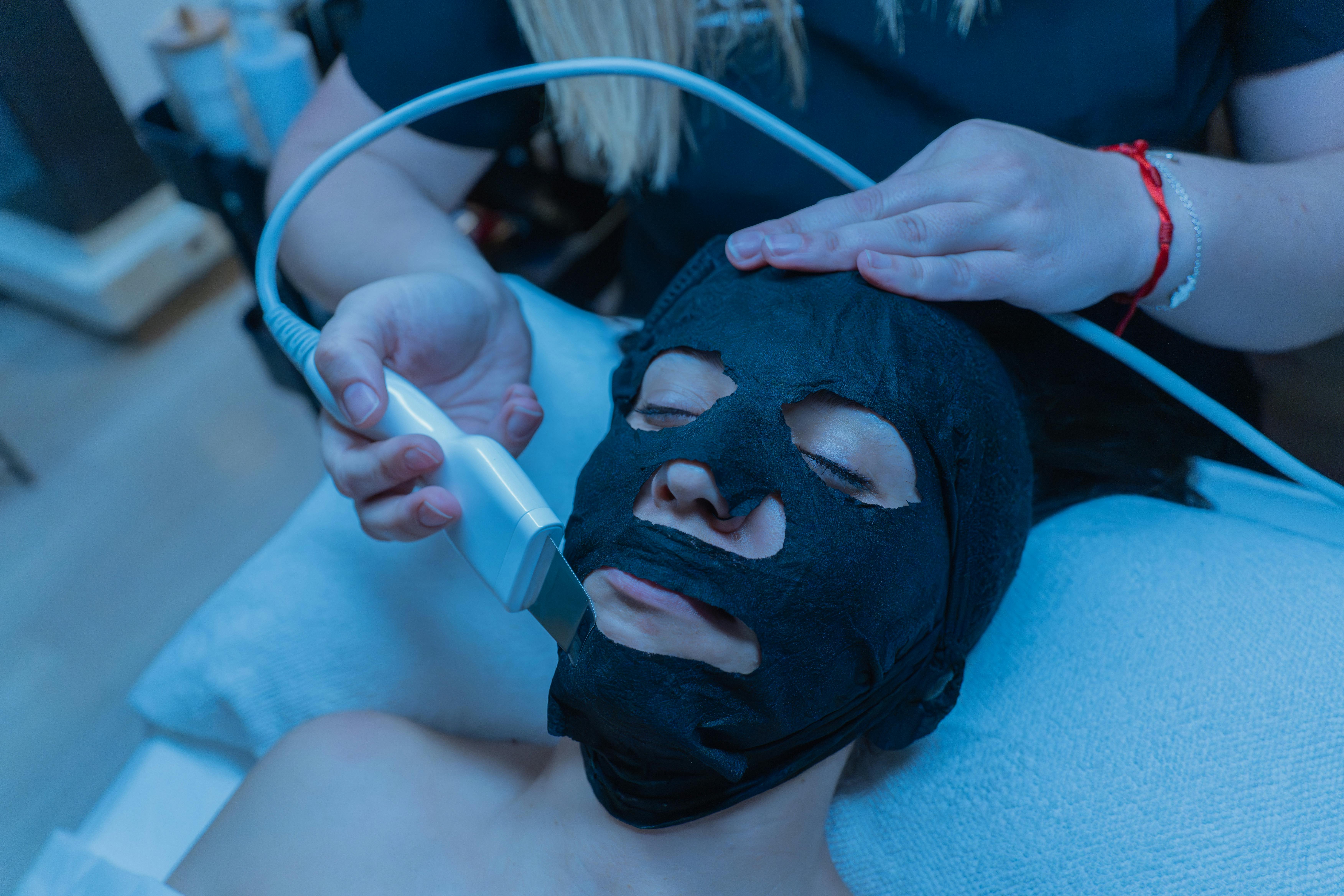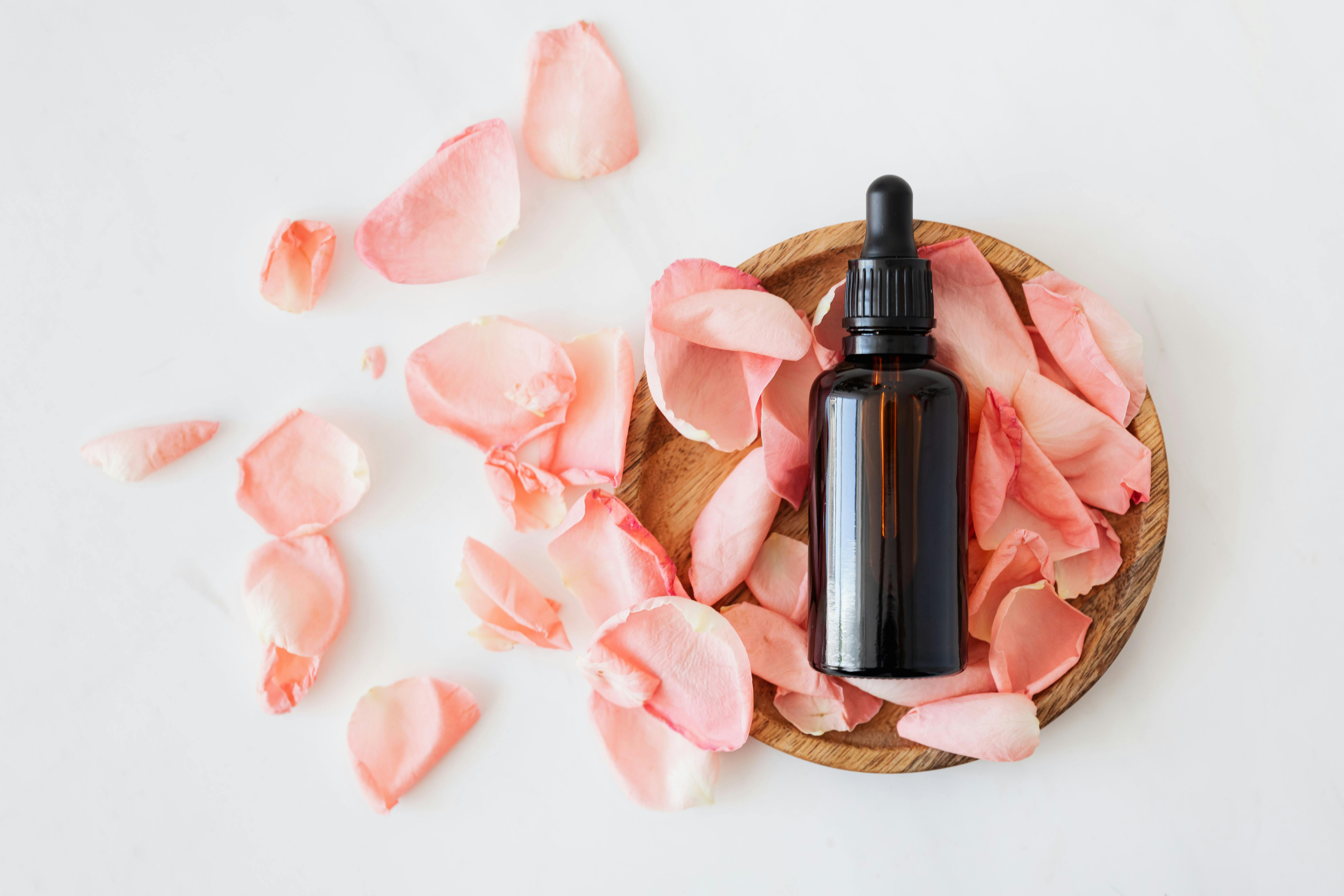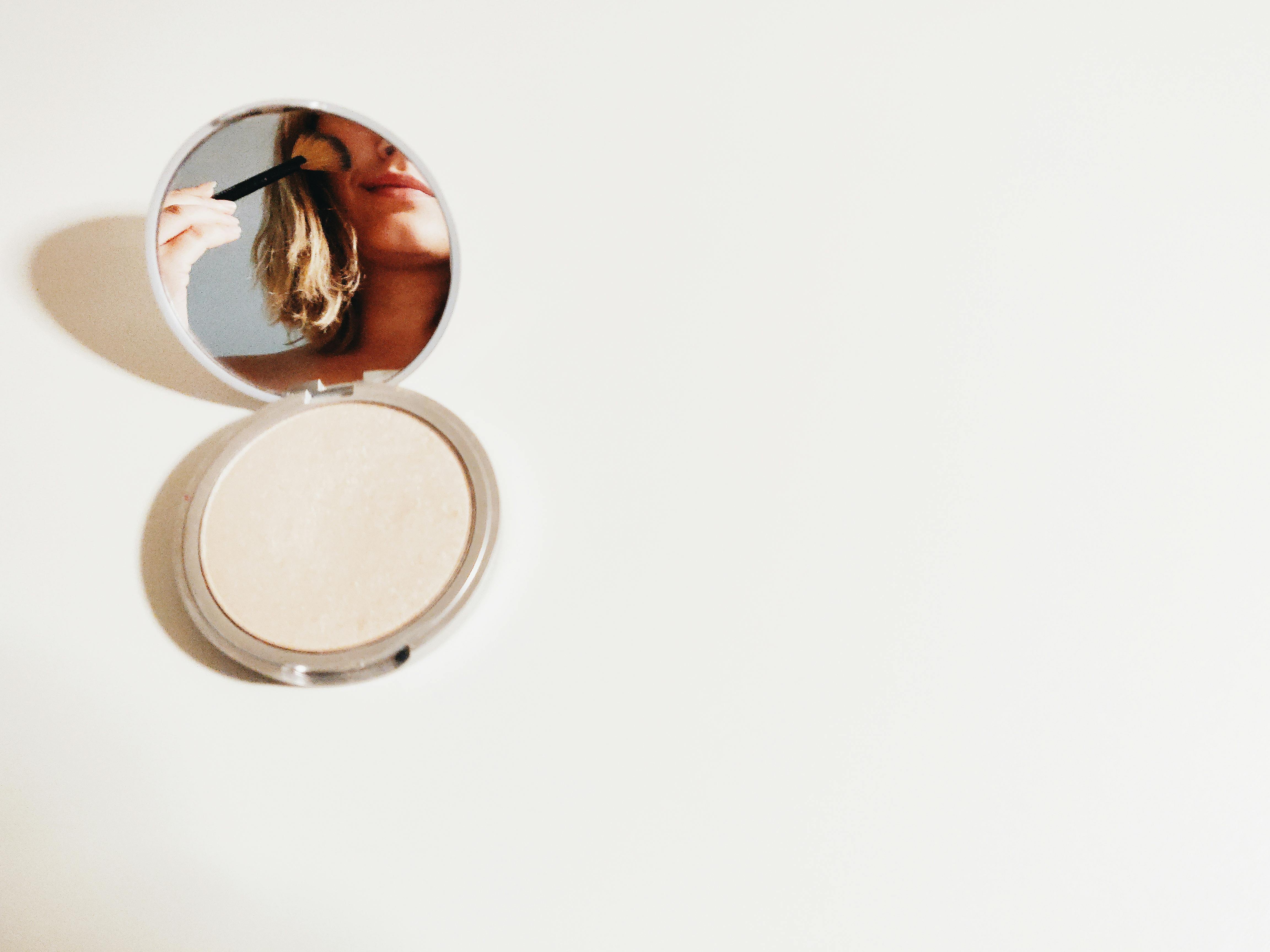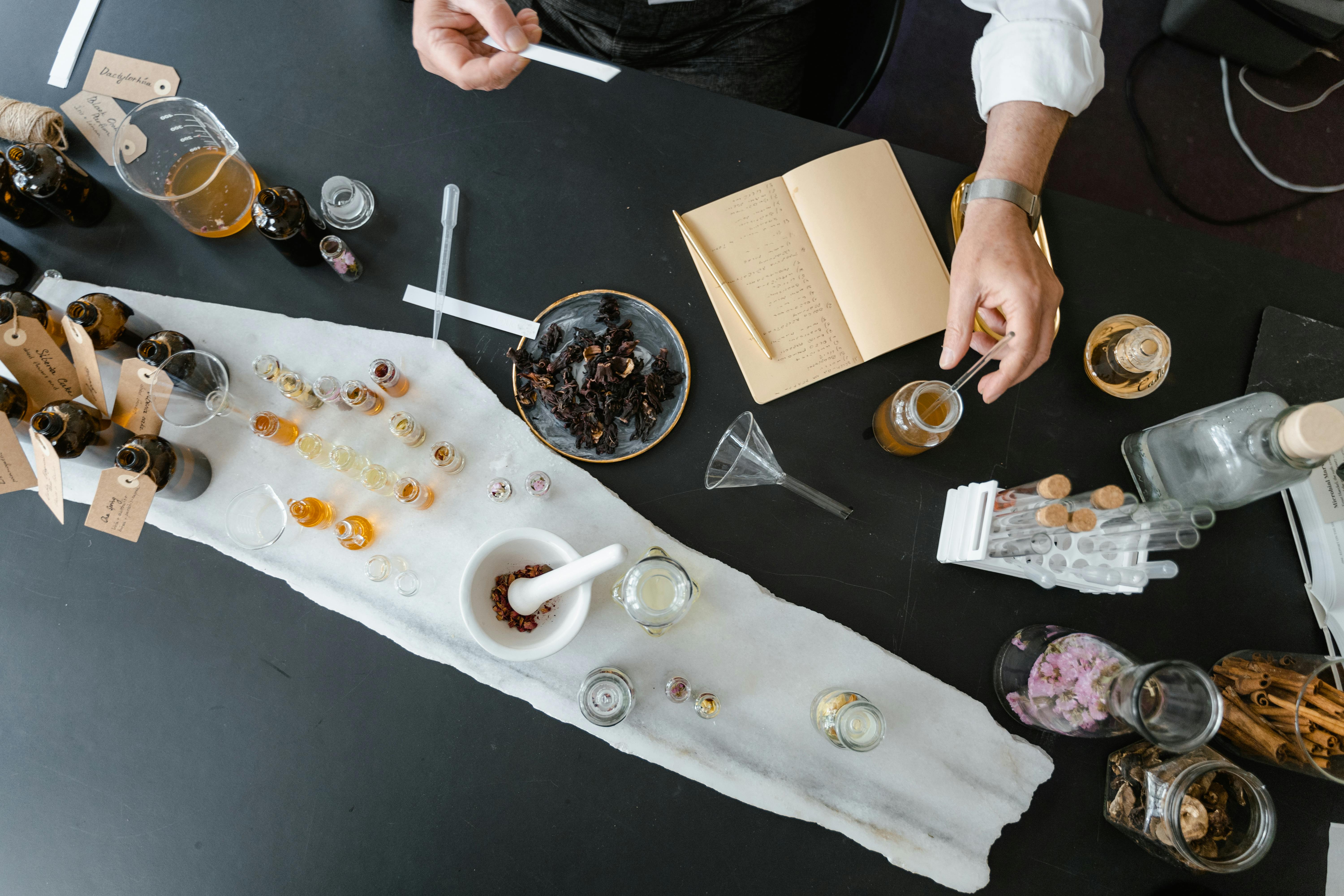How to Transition Your Skincare Routine with the Changing Seasons for Healthy Skin

As the seasons shift, so do our skin’s needs. I’ve learned that what works wonders in the summer might leave my skin feeling dry and dull in the winter. Transitioning my skincare routine with the changing weather isn’t just beneficial; it’s essential for maintaining a healthy glow year-round.
In this article, I’ll share my tips for adapting your skincare regimen to match the season. From hydrating products for winter’s chill to lightweight formulas for summer’s heat, I’ll guide you through each step. Let’s explore how to keep your skin radiant and balanced, no matter what Mother Nature throws our way.
Understanding Seasonal Skin Changes
Changing seasons impact skin health significantly. Identifying these effects helps in adjusting skincare routines effectively.
Effects of Weather on Skin
Cold, dry air in winter often leads to increased dryness and flakiness. In contrast, summer heat can cause excessive oil production and sweat, leading to breakouts. Humidity levels during spring and fall influence skin hydration; high humidity often keeps skin moist, while low humidity can strip moisture away. Sun exposure during summer increases the risk of sun damage, requiring protective measures.
Common Skin Issues by Season
Winter: Dryness, irritation, and redness occur due to low humidity and indoor heating. Skin often feels tight and rough.
Spring: Allergies can trigger redness, itchy skin, and rashes, especially for those sensitive to pollen.
Summer: Oily skin surfaces and breakouts increase due to higher temperatures and sweat. Sunburn and heat rash are prevalent issues.
Fall: Skin may become dull and dry as temperatures drop. Transitioning from humidity to cooler air leads to loss of moisture.
Adjusting Your Skincare Routine
Effective skincare requires seasonal adjustments. Each season impacts skin differently, prompting the need for targeted products and routines.
Spring Skincare Essentials
In spring, skin can react to allergens and temperature changes. I focus on lightweight formulas that hydrate without feeling heavy. Incorporating products with antioxidants, such as vitamin C, helps combat free radicals and brightens the complexion. Exfoliation becomes essential; I recommend gentle physical or chemical exfoliants to remove dead skin cells and promote cell turnover.
Summer Skincare Tips
During summer, excess oil production and sweat can lead to breakouts. I switch to non-comedogenic moisturizers to prevent clogged pores. Lightweight gels or creams with cooling properties provide hydration without weighing skin down. Broad-spectrum SPF is crucial; I apply sunscreen daily to protect against UV damage. Hydrating mists can refresh and soothe skin throughout the day.
Fall Skincare Adjustments
With fall's arrival, I notice increased dryness and a need for moisture. I transition to richer creams and oils that nourish the skin barrier. Incorporating products with hyaluronic acid helps retain moisture and combat dullness. It's also a good time to start using retinoids to promote cell turnover and improve texture as my skin prepares for the colder months.
Winter Skincare Must-Haves
Winter brings cold, dry air that can severely affect my skin. I prioritize heavy creams and occlusives that lock in moisture. Products with ceramides and glycerin are excellent for repairing the skin barrier. I also adjust cleansing routines; switching to creamy, hydrating cleansers prevents stripping essential oils. Using a humidifier indoors helps maintain skin hydration levels during dry winter months.
Key Ingredients for Seasonal Transition
Understanding key ingredients for skincare can enhance the transition between seasons. Selecting the right components ensures my skin remains healthy and radiant throughout the year.
Hydrating Ingredients
Choosing hydrating ingredients is crucial, especially in winter months. Hyaluronic acid draws moisture into the skin, providing deep hydration. Glycerin also attracts water, helping maintain a smooth texture. In addition, ceramides restore the skin barrier, ensuring moisture retention. Aloe vera offers soothing hydration and calms irritated skin, making it ideal for seasonal changes.
Exfoliating Ingredients
Including exfoliating ingredients maintains skin radiance. Alpha hydroxy acids (AHAs), such as glycolic acid, gently remove dead skin cells and promote cell turnover, enhancing skin texture. Beta hydroxy acid (salicylic acid) penetrates pores, ideal for combating breakouts during warmer seasons. Consider enzymes from fruits like pineapple and papaya for a gentle exfoliation option, promoting clarity without irritation.
Protecting Ingredients
Incorporating protecting ingredients shields skin from environmental stressors. Antioxidants like vitamin C combat free radicals, particularly important during summer when UV damage occurs. Niacinamide offers dual benefits—protecting skin cells and improving elasticity. Additionally, broad-spectrum SPF is vital all year round, preventing sun damage and premature aging. These protecting substances ensure skin remains resilient against seasonal changes.
Building a Versatile Skincare Routine
Building a versatile skincare routine involves adjusting products and practices based on the time of day and the season. I’ll discuss how to tailor morning and evening routines, as well as emphasize the need for consistent sun protection.
Morning vs. Evening Routine
Morning and evening skincare routines serve distinct purposes. Morning routines shield the skin from environmental stressors, while evening routines focus on repair and hydration.
Morning Routine
Cleanser: Use a gentle, hydrating cleanser to remove overnight impurities.
Toner: Apply a toner with antioxidants to prepare the skin and balance moisture levels.
Serum: Select a serum containing vitamin C or niacinamide to brighten and protect.
Moisturizer: Opt for a lightweight, hydrating moisturizer to ensure skin stays supple.
Sunscreen: Always finish with a broad-spectrum SPF to protect against UV damage.
Evening Routine
Cleanser: Start with a cleansing balm or oil to effectively remove makeup and sunscreen.
Exfoliation: Incorporate exfoliating products, such as AHAs or BHAs, a few times a week to enhance skin turnover.
Treatment: Use targeted treatments for skin concerns, like retinol for anti-aging or salicylic acid for breakouts.
Moisturizer: Apply a richer cream or overnight mask to deeply hydrate and nourish the skin overnight.
Importance of Sunscreen Year-Round
Sunscreen plays a vital role in any skincare routine, regardless of the season. UV rays can damage skin year-round, making daily application crucial.
Daily Protection
Apply broad-spectrum sunscreen every morning. Choose an SPF of at least 30, even on cloudy days.
Reapplication
Reapply sunscreen every two hours, especially after sweating or swimming. Use water-resistant formulas during outdoor activities.
Regular use of sunscreen prevents premature aging, hyperpigmentation, and skin cancer. It ensures skin remains healthier and more resilient against seasonal changes.
Conclusion
Adapting my skincare routine to the changing seasons has been a game changer for my skin. By understanding how each season affects my complexion I can choose the right products that keep my skin healthy and radiant year-round.
Embracing this seasonal transition not only helps me combat specific skin concerns but also allows me to enjoy the benefits of tailored skincare. I encourage you to pay attention to your skin's needs as the seasons change and make adjustments accordingly. With the right approach I’m confident you’ll achieve a glowing complexion no matter the weather.




